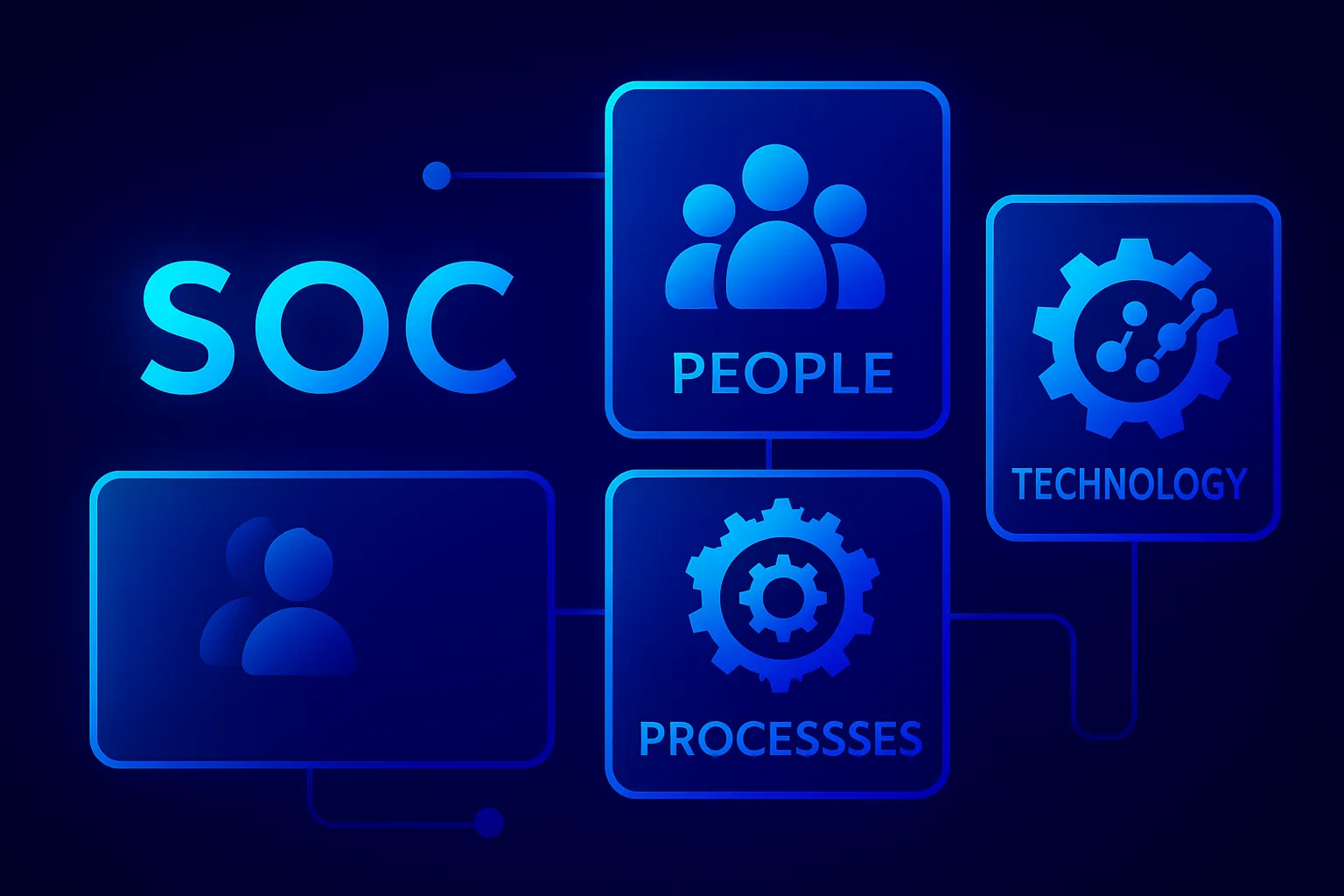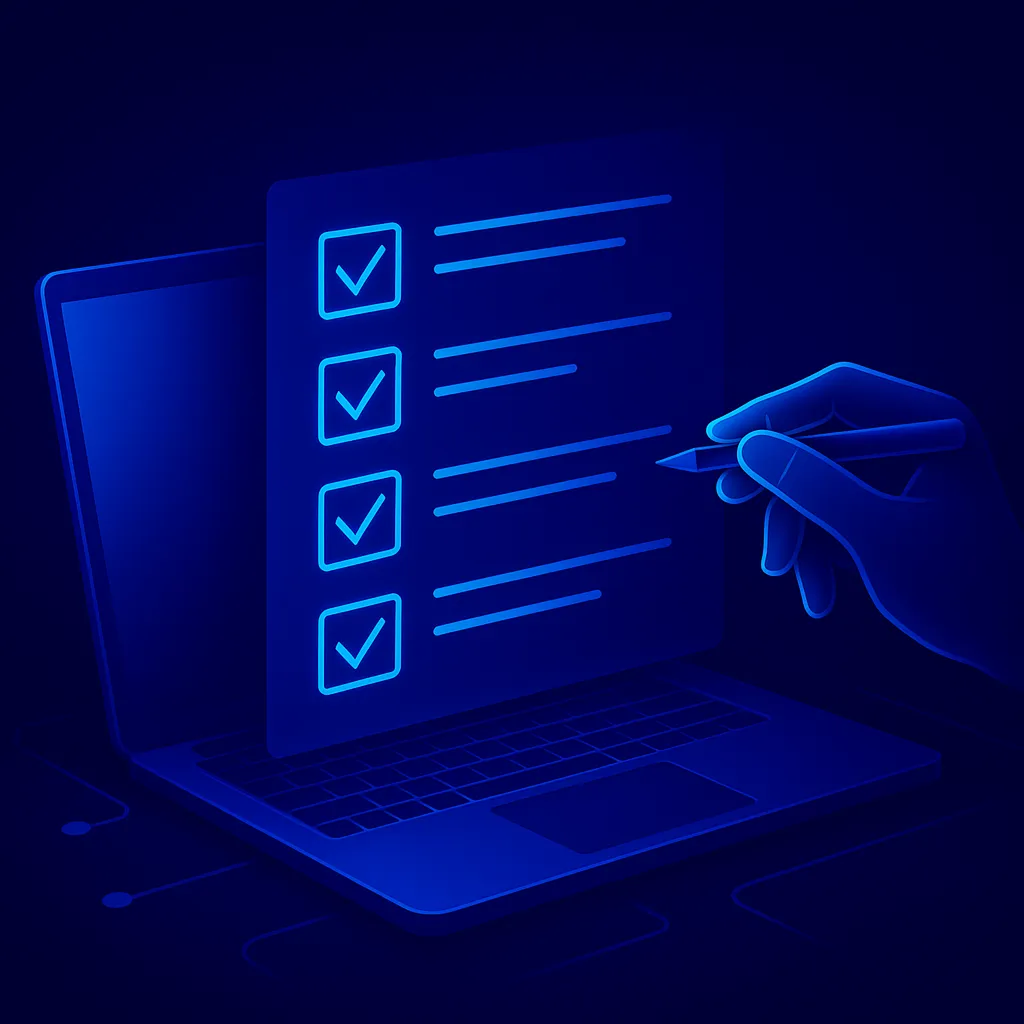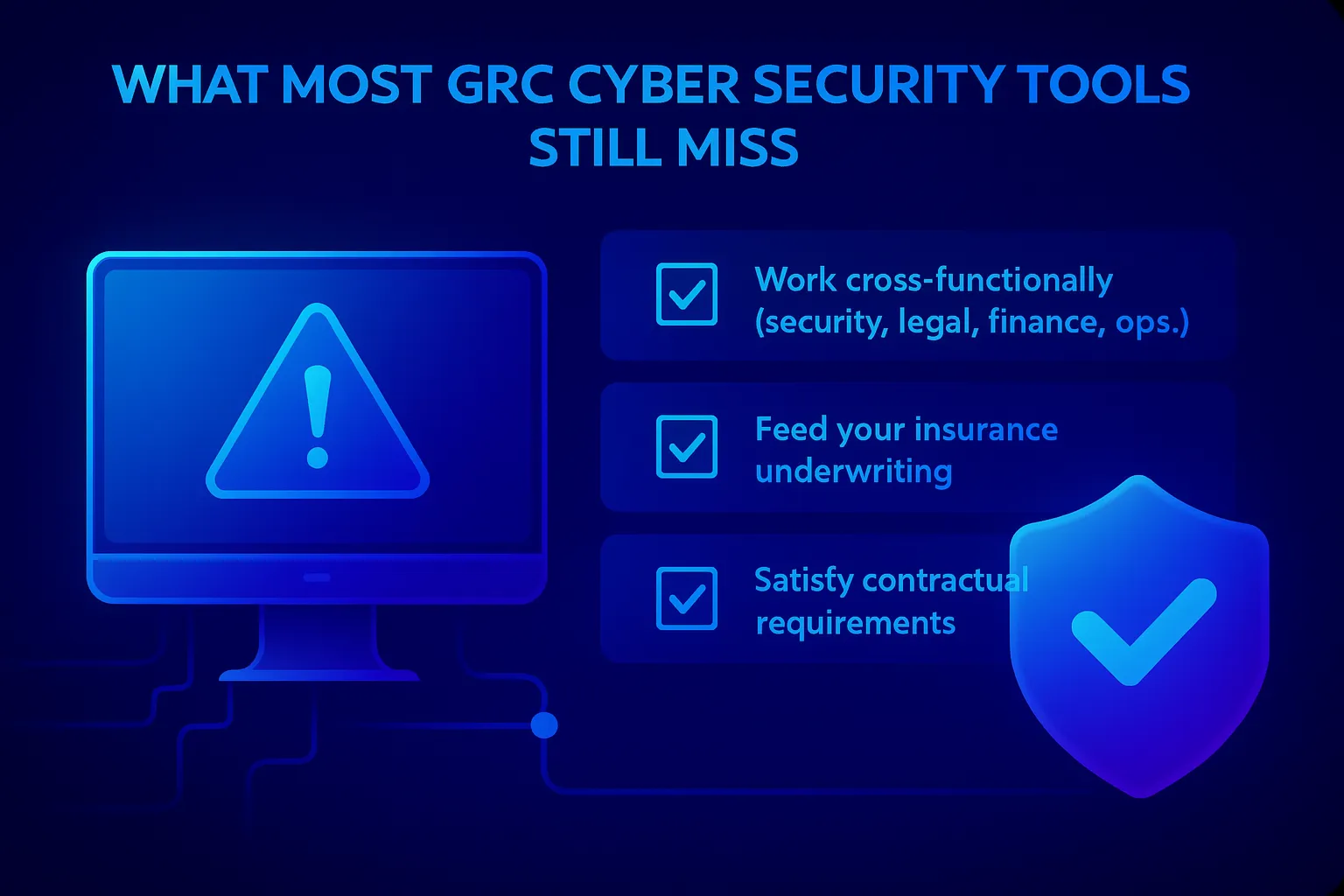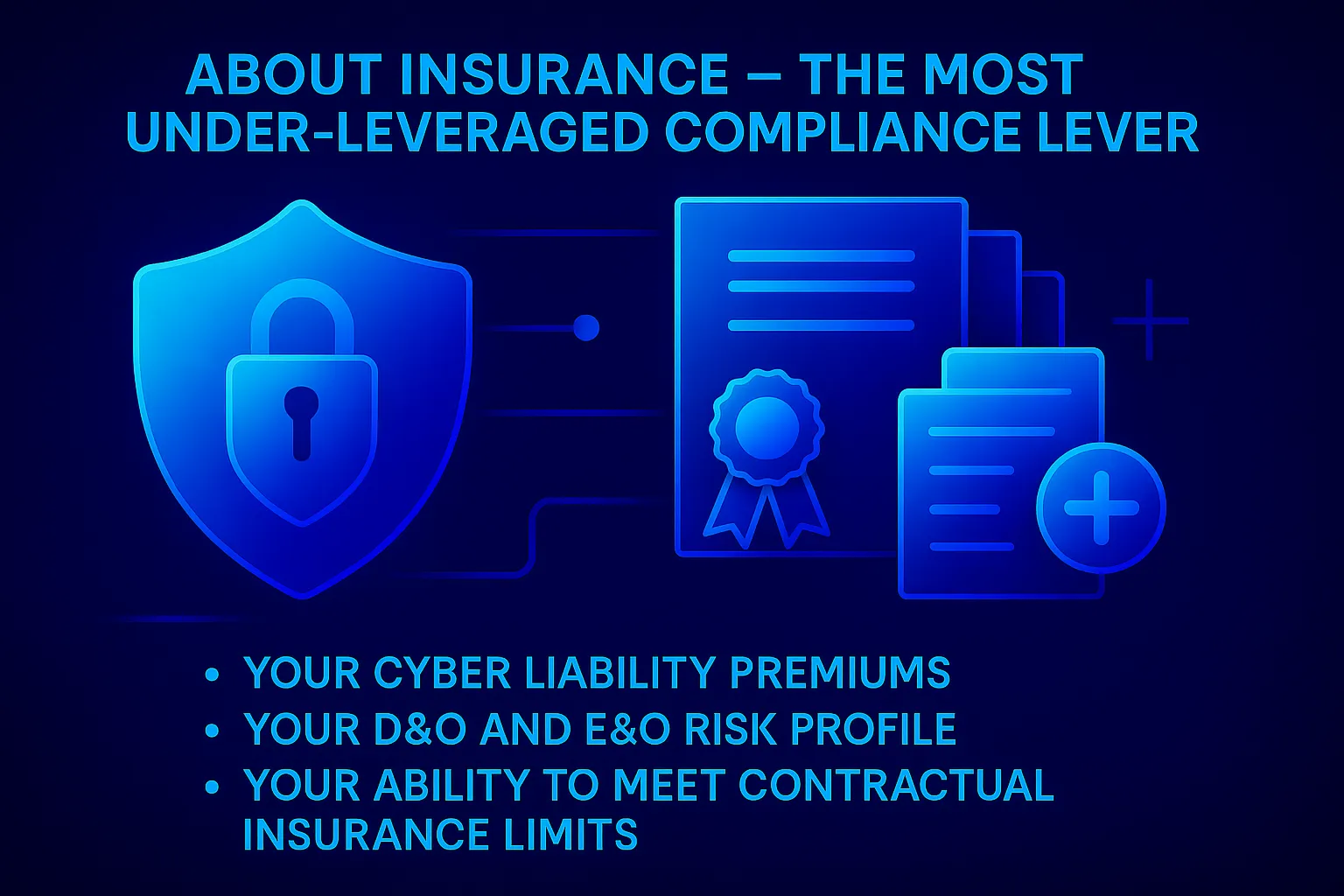
What Is SOC 2 Compliance — and Why It Might Be the Most Expensive "Checklist" You Ever Ignore
Here’s the thing most vendors won’t say out loud: SOC 2 isn’t hard to understand. It’s just easy to screw up.
So what is SOC 2? At its core, it's a framework created by the AICPA that evaluates how your company handles security, availability, processing integrity, confidentiality, and privacy of customer data. Sounds noble. Feels bureaucratic. Becomes a headache when you’re moving fast and trying to close deals.
But in startup land, "Are you SOC 2 compliant?" is often the first question you get asked once you show up on a mid-market or enterprise radar.
Which makes SOC 2 not just a report — but a sales weapon.
Still, let’s get one thing straight: SOC 2 won’t win you a deal, but not having it will absolutely lose you one.
So if you’re thinking of skipping this article, ask yourself:
→ Are you cool delaying your $500K contract for another quarter?
→ Are you comfortable telling investors “compliance is a 2026 priority”?
If the answer is no, let’s keep going.
Compliance Management Is Not a Department — It’s an Asset Class

Here’s a mental shift I wish more founders made early: Compliance isn’t overhead. It’s infrastructure.
Just like cloud hosting, source control, or legal contracts — compliance management is what lets your company operate at scale without blowing up. The only difference? Most founders treat it like a check-the-box sprint instead of a strategic moat.
And that’s exactly why so many startups get stuck with bad GRC software, overpriced audit quotes, and insurance that doesn’t cover what it should.
Koop.ai’s Field-Tested Playbook for Evaluating Compliance Vendors

Let’s say you’re a startup founder or exec shopping for a compliance platform. The market is noisy. Everyone says they’re “automated,” “AI-powered,” and “faster than traditional audits.” Blah blah blah.
Here's how to separate the real from the ridiculous:
1. Customer Discovery: Are They Actually Listening?
A good vendor starts with questions.
A bad one starts with a pitch deck.
If your rep isn’t asking about your sales motion, enterprise readiness, existing security controls, and your strategic priorities — they’re not selling a solution. They’re selling software. Those aren’t the same thing.
2. Templates That Actually Work
SOC 2 templates aren’t created equal.
Who wrote them? Were they copied from an open-source repo, or built by actual auditors and CISOs?
Bad templates = more back-and-forth during audit = more cost, more delay, and more time explaining your "shared responsibility model" to auditors on a Friday at 7 PM.
3. Integrations: Homegrown vs. Frankenstein
Every GRC tool says they "integrate" with AWS, Okta, GitHub, and so on.
Ask this: Were the integrations built in-house or white-labeled from a third party?
In-house means real-time sync, cleaner UI, fewer bugs. Third-party means flaky tokens, missed alerts, and security gaps.
Also, confirm if integrations are one-way or bi-directional. If it can’t push updates back into your stack, it’s not an integration. It’s a viewer.
4. Pricing Clarity (Not Black Magic)
If it’s under $2K, assume offshore everything.
If it’s over $15K, ask what exactly you’re buying — especially if support, audit, and remediation aren’t bundled.
Good GRC software for early-stage companies lives in the $5K–$10K range, ideally with:
- Hands-on implementation support
- Audit readiness guidance
- Real integrations
- Audit coordination included or at least clearly quoted
A fair vendor will show you exactly what’s in vs. out of scope.
5. Compliance Risk Management Isn’t Just a Dashboard
If the platform isn’t helping you prioritize real risks — like shared AWS S3 buckets or misconfigured IAM policies — it’s not doing risk management. It’s just generating checklists.
Look for GRC tools that help:
- Map risks to actual controls
- Tie controls to evidence
- Track control performance over time
- Feed into your insurance posture (yes, that’s a thing — we’ll get there)
6. Audit Quality and Auditor Independence
A dirty secret: some platforms refer you to auditors they have a financial relationship with. That’s a massive no-no.
Make sure your SOC 2 audit is performed by a U.S.-based, licensed CPA firm that’s fully independent.
7. Real Support or Just Another Slack Bot?
You’re not buying a GRC platform for the fun of it. You’re buying speed, credibility, and confidence.
That means:
- Email replies in hours, not days
- A real human who understands SOC 2 and can answer enterprise redlines
- Documentation that doesn’t feel like it was AI-generated in 30 seconds
Bonus points if they offer a fractional vCISO or hands-on remediation.
8. Flexible Terms, No Prison Sentences
Some vendors lock you in for 2–3 years with discounts that evaporate the moment you need to change direction.
Negotiate.
You can almost always get a competitive price without sacrificing flexibility. Mention that you’re evaluating other options each year — and watch the “annual only” pricing start to soften.
What Most GRC Cyber Security Tools Still Miss

Let’s be honest: a lot of GRC software is still stuck in the past.
They track evidence like it’s 2013. They surface risks with zero business context. They treat compliance like a solo sport.
But modern compliance management needs to:
- Work cross-functionally (security, legal, finance, ops)
- Feed your insurance underwriting
- Satisfy contractual requirements
- And yes… support AI risk, vendor due diligence, and ML model governance (because guess what — your buyers care)
If your platform can’t keep up, you’re managing yesterday’s risks with yesterday’s tools.
Now About Insurance — The Most Under-Leveraged Compliance Lever

Too many founders separate insurance from compliance. That’s a mistake.
Your SOC 2, control environment, and risk posture should all feed directly into:
- Your cyber liability premiums
- Your D&O and E&O risk profile
- Your ability to meet contractual insurance limits
Here’s the short checklist:
1. Does your insurance provider understand your sector?
If they misclassify your risk (e.g. labeling you as “general SaaS” when you’re building robotics systems), you might:
- Overpay by 100%+
- Or worse, have your claim denied
2. Are they a broker or underwriter?
Brokers are middlemen. Some are great. Some just pass PDFs back and forth.
Underwriters price risk. If you’ve invested in SOC 2 compliance, show it off — good underwriters will discount for maturity.
3. Can they help with insurance clauses in customer contracts?
Think: additional insureds, COIs, aggregate limits.
The right partner helps you manage this without burning legal hours every time.
4. Can they offer relief or discounts for compliance?
If not, walk. In 2025, your compliance posture should directly influence your premiums.
Koop.ai's Take

We built Koop.ai because we saw too many startups get stuck in the same trap: chasing compliance reactively, buying insurance reactively, and treating risk like a back-office chore.
But in reality? Compliance and insurance are leverage.
They help you move faster, close bigger deals, and sleep better at night. If your GRC software or compliance risk management plan doesn’t do that — it’s time to rethink the stack.
Koop.ai helps startups unify SOC 2 compliance, GRC software, and insurability into one streamlined platform — tailored for real startup velocity, not enterprise bloat.
Final Word
Here’s what the best founders already know:
If you wait until you "need" compliance, it’s already too late.
Build it in. Build it early. And make it a strength — not a scramble.





